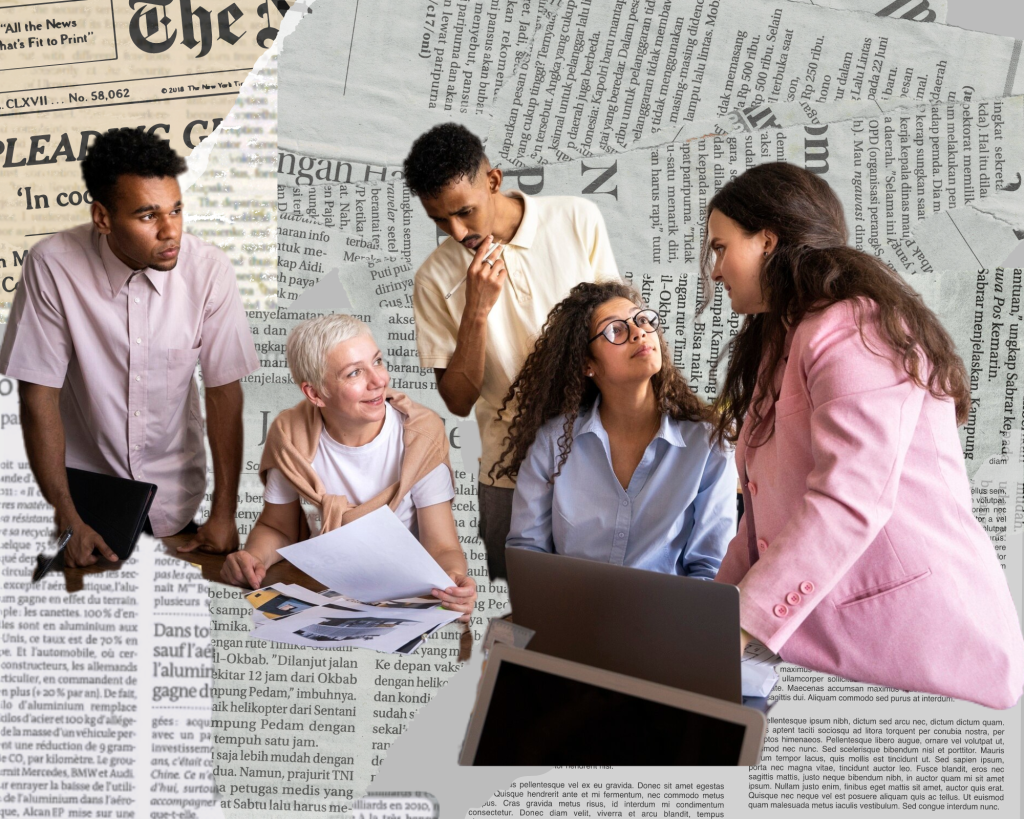“Managing a GenZ workforce is no easy task, they are one demanding bunch!”
“Boomers are so rigid, their obsession with structure and schedules are so difficult to work with”
The workforce today is multigenerational, truly one of its kind, with each bringing unique perspectives, values, and working styles. This diversity, while a strength, can also bring about a few challenges. Generational differences have become a significant aspect of social identity, influencing how individuals interact within teams, communicate, and approach problem-solving. A recent study found that over 31% of employees in Indian workplaces have reported experiencing ageism at work. This is a clear indicator that these differences are not just perceived but deeply felt.
Whether it’s their preference for flexibility or their insistence on prioritising work-life balance, GenZ/Millennials often openly challenge traditional workplace norms resulting in them being labelled as ‘demanding’. On the other hand, Baby boomers and GenX, with their perceived attachment to hierarchy and rigid structures, are often labelled as difficult to work with.
How many such floating stereotypes do we notice in the workplace?
Too many, and they do more harm than what’s visible.
These stereotypes when left unaddressed can reinforce patterns of discrimination in the workplace leading to non-inclusive behaviours. For instance, older employees in the organisation being perceived as slow learners, rigid, and close to retirement can result in them losing out on newer opportunities at the workplace. Older workers often feel pressured to retire, as younger employees are considered more valuable. On the other hand, someone who is younger might run the risk of being perceived as ‘too inexperienced’. This can result in the rejection of their views, eventually leading to reduced motivation, innovation and creativity.
So how do we bridge the gap?
Each generation entered the workforce under certain conditions, which ultimately helped shape their preferences and sense of purpose. Researchers have found that when people from diverse cultures, backgrounds, and age groups work together, they bring creative ideas, effective problem-solving and improved productivity. A study by AARP indicates that over 83% of global executives across 36 OECD countries acknowledge a multigenerational workforce is key to business growth and success. Yet, only 6% have implemented processes and inclusive retention and recruitment practices to meet the objective.
Organisations must put in measures to shift perceptions towards diversity, viewing it as an asset. They must address any barriers between different age groups by sensitising employees on unconscious biases, encouraging open communication and helping teams move beyond stereotype-thinking. When we find it challenging to relate to someone due to generational gaps, we often resort to using harmful stereotypes and assumptions instead of working to understand each other and finding value in our differences. When people are equipped with sensitivity and awareness, they can see past labels like “GenX” or “Millennial” and get to know each other as individuals.
It’s time employers recognised the immense experience the older generation brings into the workplace before writing them off as slow or digitally incompetent. This can be achieved in a number of ways including offering flexible work arrangements, encouraging knowledge sharing, investing in continuous training and development, offering growth opportunities, and even integrating smaller day-to-day practices such as actively recognising and acknowledging the strengths they bring to the team.
Leaders should also prioritise psychological safety and let younger employees take charge and engage in decision-making. More organisations and employees are realising that there is a lot to be learned from the younger generations of workers. As a result, Reverse Mentoring (RM) is gaining traction allowing mutual learning which workers of all generations can jointly partake in.
The future of work depends on our ability to embrace our differences, not just tolerate them. After all, the most successful and high-performing teams are diverse in thought, experience, and perspective.


